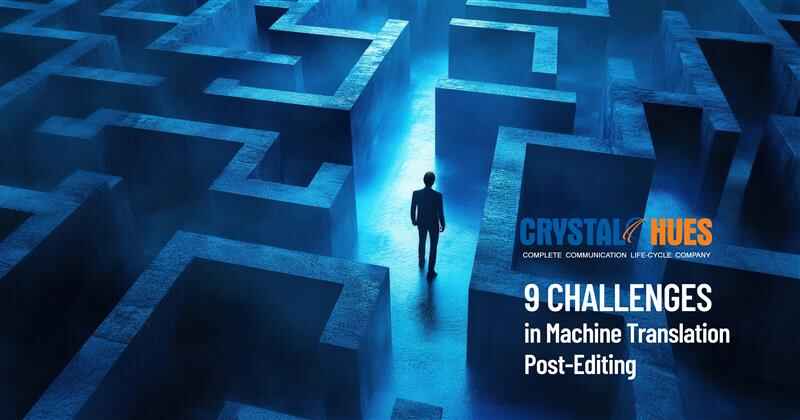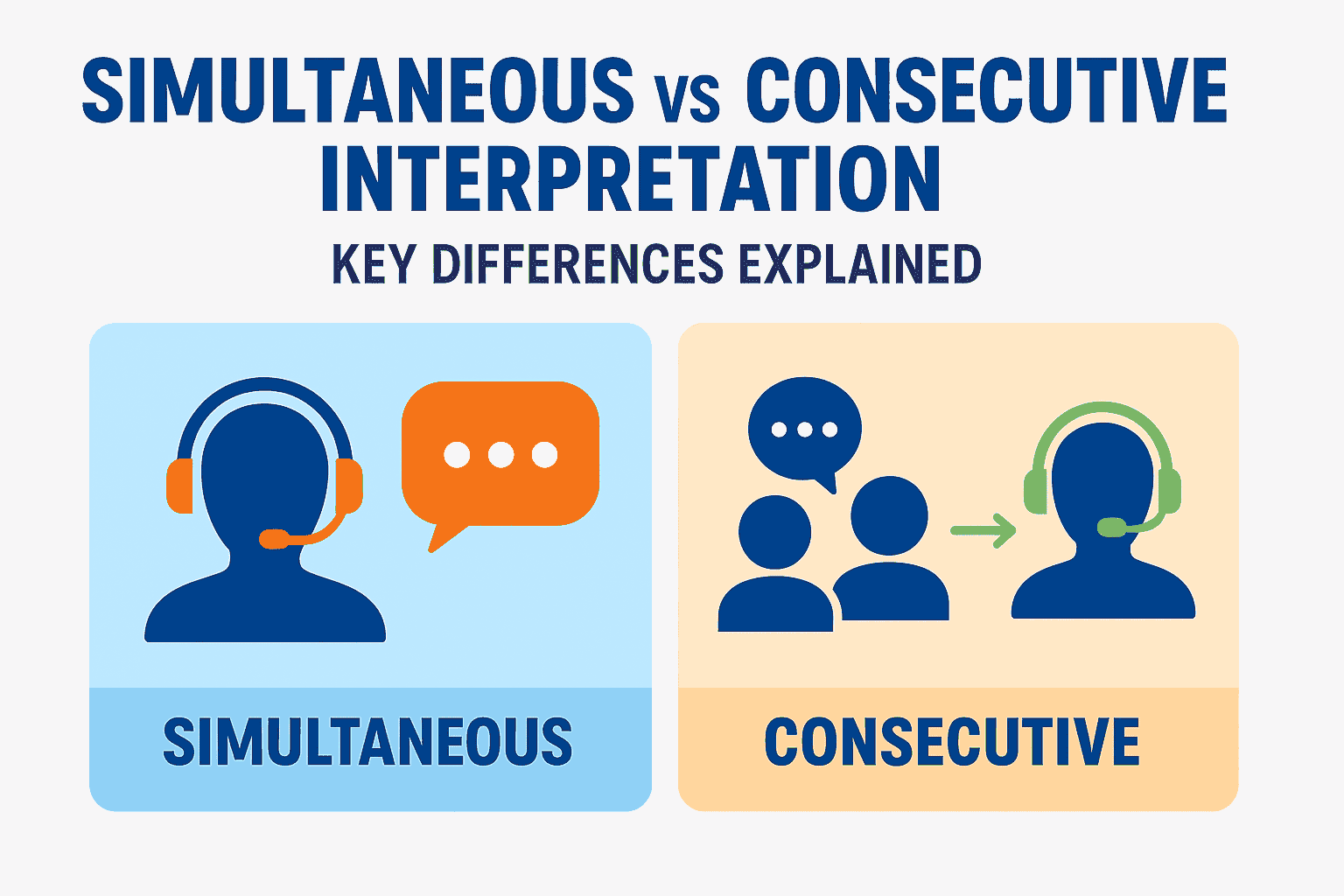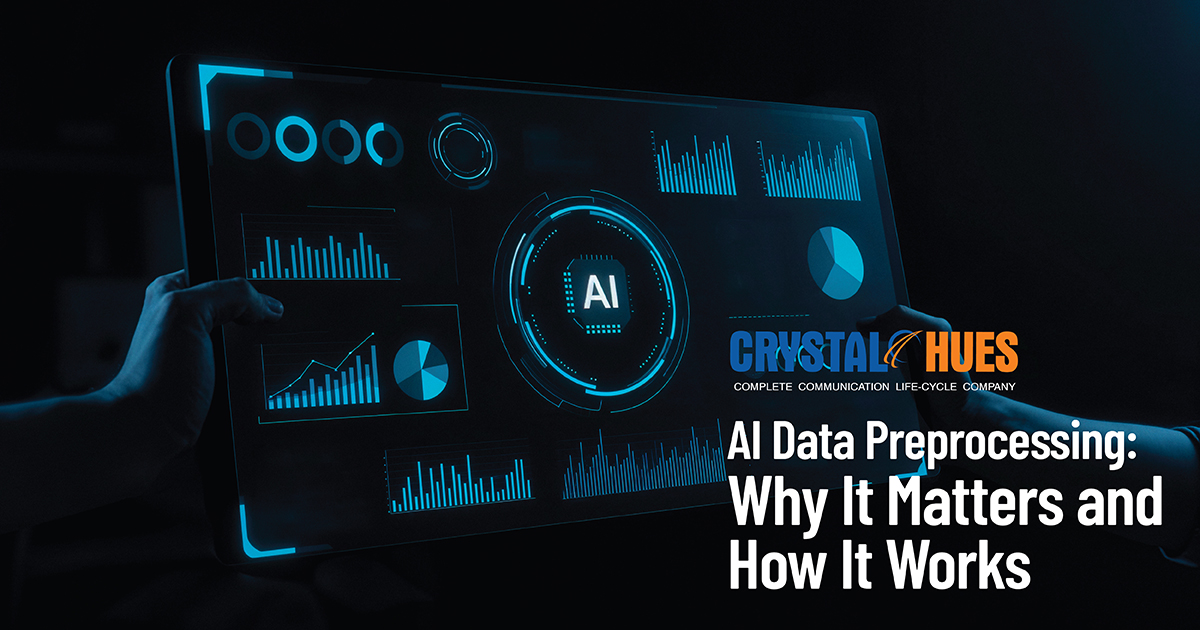
The Truth Behind AI Hallucinations: Why Generative Models Fabricate Facts and How to Tame Them
Generative AI’s ability to effortlessly create human-like text, images, and even audio has enhanced efficiencies and capabilities never imagined before. However, along with exciting new capabilities, training AI is faced with plenty of challenges. Further, there is a fundamental weakness: generative models are notorious for creating deceptive yet highly plausible information, called "AI hallucinations."
It's important to
understand why these hallucinations occur if you’re an AI developer. However,
the scope expands to businesses, policymakers, and everyday users who rely on
AI-generated output. What influences an AI model to "lie?" And how
can you better understand and address it as you weave generative AI further
into your processes and practices?
Let’s first understand
what are AI hallucinations.
What Are AI
Hallucinations?
Let’s begin with a real
example. Our marketer recently used ChatGPT to look up a list of industry
events. The prompt included the year and month as well. Yet, while AI returned
almost immediately with what appeared to be an impressive list, most of the events
were from 2024.
So, a question for you:
Regardless of how well you understand prompt engineering, when you use
generative AI, do you roll with the information generated? Or do you
fact-check?
AI hallucination
describes confident yet factually incorrect output from generative models that
appear plausible. While human lying is typically motivated by intent,
hallucinations are artifacts of probabilistic modeling - it reflects the way
the system is developed, trained and prompted.
Examples of Real World
- Fabricated academic citations - The models are
able to generate scholarly-looking references with unverifiable citations.
- Imaginary case studies or news events - The model
provides rich detail backstories or usage statistics that are fictitious.
- Unsound medical or legal advice - especially
harmful for high-stakes environments.
- Irrational or physically impossible visual
content: In image-generation AIs, hallucination can take the form of
visual compositions that are illogical or anatomically impossible.
These problems exist
even while output tends to become increasingly sophisticated in terms of
grammar and sounding authoritative, making detection difficult for all but the
savviest.
As we go further, let’s
understand what causes AI hallucinations.
Why do generative
AIs hallucinate?
The causes of
hallucination are both technical and systemic, and knowing the causes is the
first step to preventative action. Here are 5 causes for AI Hallucinations:
1. Limitations and
biases in training data
- Data gaps: Each training dataset lacks certain specifics
about certain facts, contexts, or languages; when this happens, the AI
makes improvised choices.
- Bias replication: AI models can replicate inaccuracies,
stereotypes, or outright errors present in the underlying data.
- Domain blindness: The vast majority of models are not specialists;
when prompted to operate outside their area of specialty, the error rate
increases.
2. Model
architecture and overfitting
- Overfitting: When a model memorizes quirks of its dataset
rather than underlying truths, it may misapply knowledge to unfamiliar
inputs.
- Creative completion: In generative models, the entire underlying
mechanics are based on predictions of 'what generates next' statistically.
AI output is not based on objective verification, favoring fluency over
fidelity.
3. The prompt and
contextual constraints
- Ambiguity: Indirect, vague, or poorly-scoped prompts can
motivate models to guess or generate incorrect details.
- Prompt length: Longer or multi-part prompts can increase the
probability of hallucination, especially if the model must maintain
complex reasoning capabilities without grounding.
4. Limitations of
Real-Time Retrieval
Some of the models
combine pre-trained knowledge with information from databases or the web. This
limitation, caused by retrieval failures or the use of less-than-authoritative
sources, may insert new inaccuracies into outputs.
5. Human and AI
feedback loops
If incorrect or
misleading output is not caught and corrected in reinforcement learning, it may
train the model to repeat those errors.
Now that we know what
causes AI hallucinations, let’s dive deeper. How does it impact users?
The Threat to
Trust, Safety, and Adoption
1. Loss of User
Trust
Recurrent
hallucinations sow distrust into AI produced content, and this may limit
adoption and innovation.
2. Disseminating
false information
Once information (text,
images, or videos) produced by the AI goes viral, errors spread quickly on the
internet and to reputable publications, academic work, and decision
pipelines.
3. Professional
and Legal Exposure
If a hallucinated
output reverberates in law, medicine, and finance, there may be regulatory or
life-and-death consequences. Companies are increasingly liable towards their
clients when it comes to "AI lies".
4. Operational
Failures
Relying excessively on
generative AI for critical business activities, or in time sensitive situations
(like writing software, reviewing contracts, or other medical reports), can
introduce subtle, expensive, and hard-to-detect errors.
Are Hallucinations
Deteriorating Over Time?
The extent and amount
of hallucination have improved due to innovations in model architectures,
safety layers, and retrieval-based methods in numerous recent versions of
models. Enhanced models featuring greater capabilities and creativity can
hallucinate in new ways and means when dealing with open-ended or complex
areas.
- Routine task: On simple prompts, hallucination rates have
improved to reach at least lower than 3%.
- Complex queries: In open-ended generation or function executing
with novel step-by-step reasoning, hallucination still introduces a
substantial risk that triggers higher hallucination rates and
unpredictability in outputs.
No model is currently
immune, so vigilance and supervision are required. But how do we do that?
Managing and
Mitigating AI Hallucinations
Phase of a holistic,
end-to-end approach that integrates technical strategies, human
supervision/safeguards and organizational policies.
1. Diverse,
Curated, and High-Quality Training Data
- Curation: schedule regular audits, cleaning and expansion
of your training datasets, to ensure an appropriate level of coverage,
accuracy, and representation.
- Domain-specific supplementation: If your industry has a high risk of
hallucination, utilize direct expert-labeled ground truth data with
regular testing in real-life scenarios.
2. Reinforcement
Learning with Human Feedback (RLHF)
- Expert review: Design to allow human-in-the-loop
validations, especially for outputs that are highly specialized and or
sensitive.
- Continuous feedback loops: Motivate users and
reviewers to flag hallucinations, then feed these corrections back through
as training data into the model.
3.
Retrieval-Augmented Generation (RAG)
- Fact-checking at generation: Hybrid models combine generation with trusted
sources or internal databases, potentially reducing fabrication.
- Citation of evidence: Require or encourage models to cite supporting
information to allow traceability and review.
4. Prompt
Engineering and User Education
- Clear instructions: Design prompts communicating the context, scope,
and reference requirement.
- Out-of-domain prompts: Build safeguards to signal when prompts are
outside of AI domain expertise, either by warning or escalating the prompt
to human review.
5. Model
Improvements and Transparency
- Confidence scoring: Build AI systems that can identify uncertainty
or the likelihood of hallucination in their answers.
- Transparency: Document limitations to knowledge, hallucination
considerations, and changes across model releases.
6. Automated
Detection Tools
- Internal checks: Have the AI use algorithms to find internal
inconsistencies, citations to nonexistent references, or low-likelihood
outputs.
- Third-party evaluation: Have models independently audited regularity to
look at the hallucination rate and fallout.
7. Layering
Supervision in Workflows
- Human review in high-stakes tasks: If outputs will be subject to compliance or a
high-stake system, indicate review needed before human dissemination.
- Automated and manual hybrid: It is possible to integrate a layer of automated
checks with trained human judgment for the best outcome.
Hallucination
Management in Practice: A Scenario-based Perspective
Scenario 1:
Healthcare documentation
Risk: A generative model states an incorrect drug
interaction or incorrect dosage.
Best Practice: All outputs should have an expert review, citation of
source data in the output, and RLHF with constant input from practicing medical
professionals.
Scenario 2:
Academic research summaries
Risk: AI invents studies, misstates conclusions, or
conflates unrelated findings.
Best Practice: Outputs indicate new or unrecognized references for verification; push for postprocessing by subject matter experts.
Scenario 3:
Customer support automation
Risk: AI creates company policies or product
features.
Best Practice: Answers are limited to pre-approved knowledge bases;
ambiguous or new requests escalate to a human agent.
Beyond
Hallucinations: Building Responsible and Trustworthy AI
- Continuous education: Keep users aware of the limitations of AI -
fact check and skeptically scrutinize, regardless of how
"natural" or authoritative the answer sounds.
- Governance frameworks: Follow industry standards on AI risk,
reliability, transparency.
- Cultural shift: See AI as a powerful collaborator, not as a
perfect oracle. Value human judgment as the final authority in all
important decisions.
Hallucinations are not the result of flawed AI—the reality is that they are the result of creative, data-fueled systems functioning at the boundaries of language and knowledge.
By
identifying from where "AI lies" arise, organizations and users can
apply a variety of solutions to reduce or limit hallucinations.
Trustworthy AI will involve technology, proper planning and design, and thus a large organization commitment to transparent governance.
In order to make progress on hallucinations -
whether it be through the approach of technology, process, or a shared
accountability - organizations/developers and users alike, may begin to
capitalize on the promise and potential of generative models while still
assuring accuracy, credibility and trust from humans.
Quick-Reference
Table: AI Hallucination Causes and Solutions
|
HALLUCINATION
CAUSE |
MANAGEMENT
STRATEGY |
|
Gaps or bias in
training data |
Data curation, expert
augmentation |
|
Overfitting/misapplied
knowledge |
Model refinement,
robust validation |
|
Ambiguous or
open-ended prompts |
Prompt engineering,
guardrails, warning systems |
|
Lack of
grounding/source retrieval |
RAG frameworks,
enforcement of evidence citation |
|
Missing or inadequate
user feedback |
RLHF, user education,
feedback channels |
|
Overreliance on AI
for critical tasks |
Mandatory human
review, workflow integration |
You have reached the end. Thank you for reading our blog. We
hope you found it informative and useful. For more such content on to help you
stay informed on AI and our language services, you can check out our blog page here.
If you have any feedback or suggestions on what you’d like for us to cover or how we can make our blogs more useful, you can reach us through our LinkedIn inbox or email us at digital@crystalhues.in.



